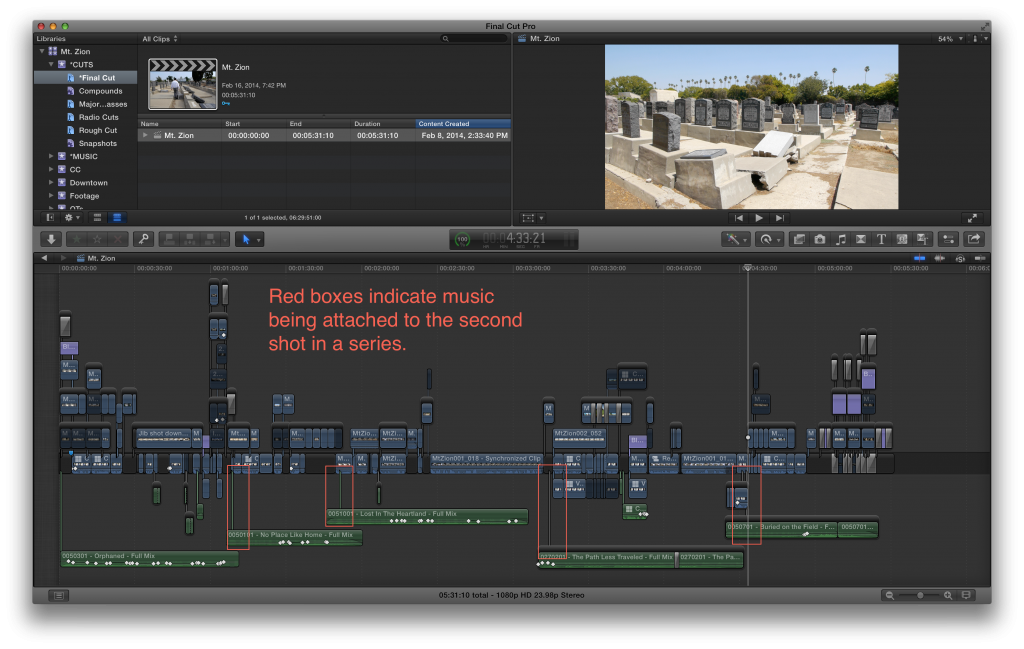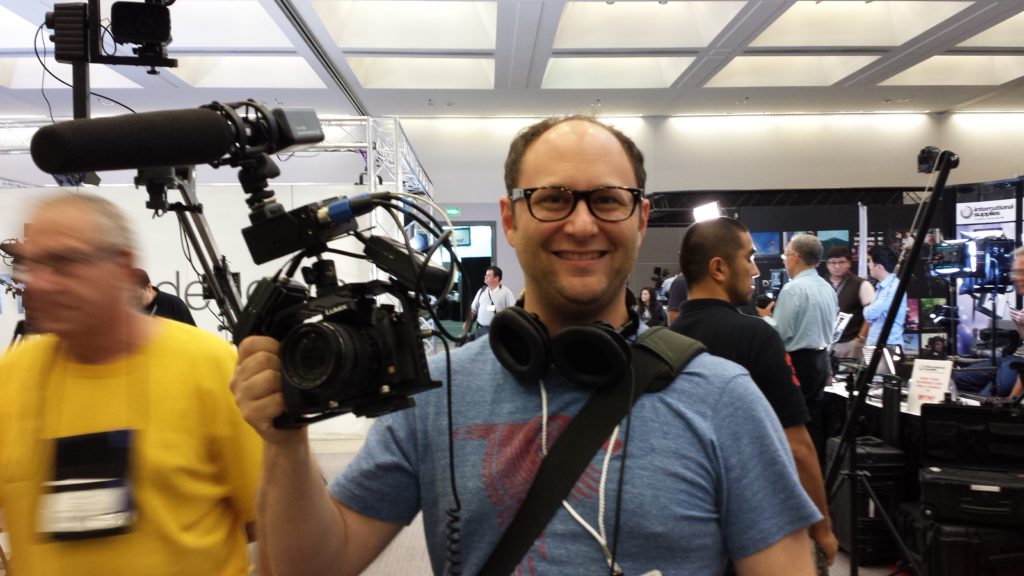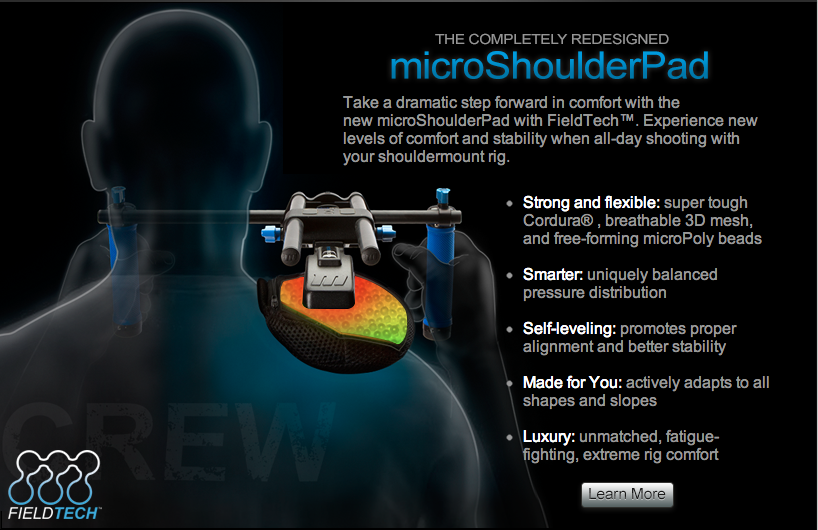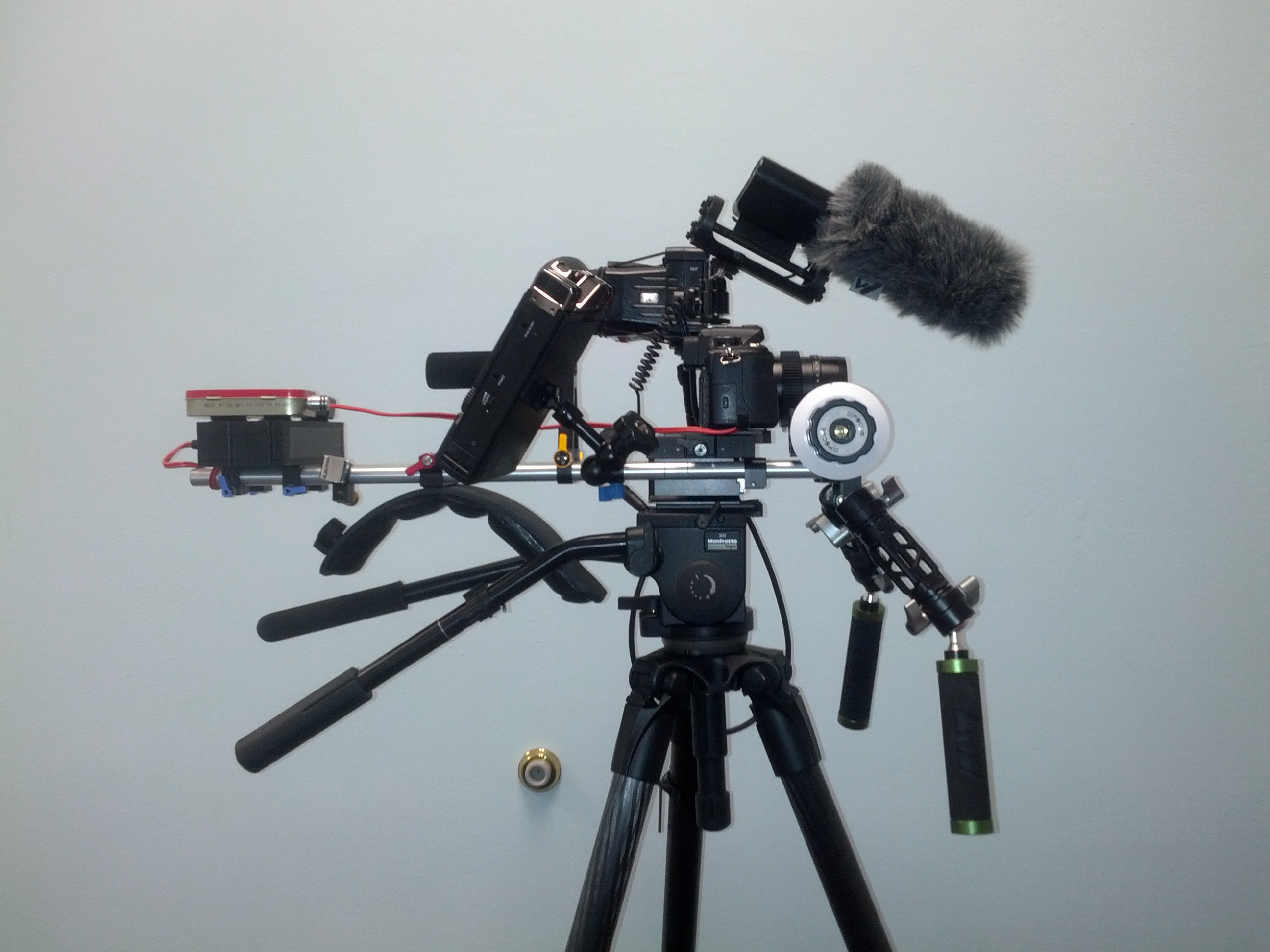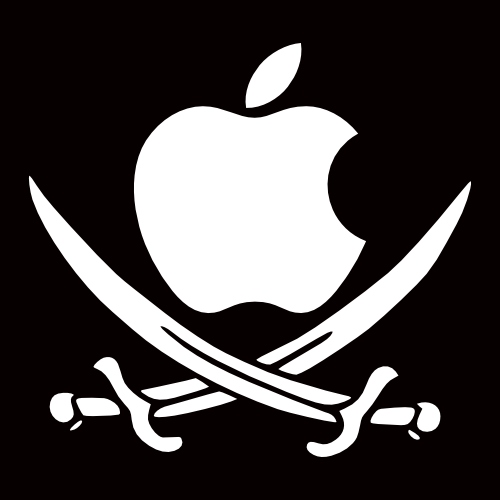
This is a re-post from a response I recently added to a Creative Cow thread about the value of Hackintoshes. I built one late last year and I’m happy with it. But I know that happiness comes with a cost. The system does not have a high resale value and has many potential troubleshooting issues down the line.
I came to terms with the reason why I wanted to build one: because I wanted to know IF I could build one. It was a challenge which was frustrating but fun. I love learning about all the tech we use in our daily lives. It was a satisfying DIY project.
I ultimately feel that buying Apple provides a better value over building a Hackintosh. But you don’t necessarily gain knowledge about your system and it’s components if you purchase a Mac. It’s like buying a refrigerator. If it breaks, you call a repair man. You’re most likely not going to open it up and fix the compressor (unless you’re a repair man!). So you might never understand how a refrigerator, a very important piece of tech in your life, works.
—–
Hackintosh part prices below are current and possibly not reflective of what I paid. But it’s very close. This gets you mostly in parity with a top of the line iMac (minus Bluetooth and WiFi, which cost about $46 total for the components). Here are my specs:
Intel Core i7-3770K $320
Gigabyte GA-Z77X-UP5-TH (has 2 thunderbolt ports) $245
32GB 1600Mhz DDR3 $217
Corsair Carbide 500R $158
Corsair 650 Watt Modular $90
GeForce GTX 680 $497
480GB SSD Drive $363
Syba SATA III 6Gbps PCI-e Card $17
StarTech.com 3 Port 2b 1a 1394 PCI Express FireWire Card Adapter PEX1394B3 $63
Cooler Master Hyper 212 EVO: $33
I owned a Kona 3, which I installed and is working fine.
TOTAL: $2003
iMac System Specs:
3.4GHz Quad-Core Intel Core i7
8GB 1600MHz DDR3 SDRAM-2X4GB
1TB Fusion Drive
NVIDIAGeFrc GTX 680MX 2G GDDR5: $2600
AppleCare: $170
RAM from OWC: $270
TOTAL: $3040 (before tax)
Now, here’s the kicker. While Geekbench isn’t the be-all end-all, I think it’s a nice cross-reference for the technologically-barely-informed (such as myself ;-)).
My iMac 27″ top o’ the line gets a healthy 14268
The Hack Pro gets a substantial 14124
For all intents and purposes, they are equal systems. One costs $3014 and comes with a warranty. The other costs $2003, works great, and is expandable, but has risks. Again, if you need to purchase a monitor, keyboard and mouse for the Hackintosh, that will add an additional amount and bring them much more in line price-wise.
Let’s look at the percentage difference if we take out AppleCare to get the systems more in line.
iMac: 2845
Hack Pro: 2003
Percent Difference: %30
Now, let’s look at potential resale value and upgrade costs. This is assuming a new iMac will cost about the same amount in 2 years:
iMac late 2012 resale value in 2 years (conservative): $1250
iMac 2014 (high end) potential cost: $ 2900
Out of pocket difference: -$1650
Time needed to reinstall software and test new system: 1 day (based on purchase of iMac)
Hackintosh upgrade option 1, resale and build from scratch:
Hackintosh Late 2012 Cost: $2003
Hackintosh Resale Value in 2 years: $400
Hackintosh Late 2014 potential cost: $2000
Out of pocket difference: -$1600
Time needed to research new system and find best prices on parts: countless nights on Hackintosh boards
Time spent building system: 1 day
Time spent testing parts and debugging: 2 days (conservative)
Hackintosh upgrade option 2, upgrade CPU, Mobo, and RAM
New Motherboard, Processor, RAM (assuming all current PCI Cards work properly and base prices stay the same): $782
Time spent researching whether all parts will work with new system and what CPU/Mobo to get: 2-3 evenings on hack boards
Time spent installing new parts: 2 hrs
Time spent reinstalling OS, debugging: 1 day (conservative)
So there you have it. At most, there’s an $870 difference (not including time spent) in favor of an equally spec’d Hack Pro and a top-end iMac over a 2-year period. Divide that out by 2 years and that’s $37 per month.
The ultimate question I propose (which I’ve already answered for myself): Is it worth it for you to build one?
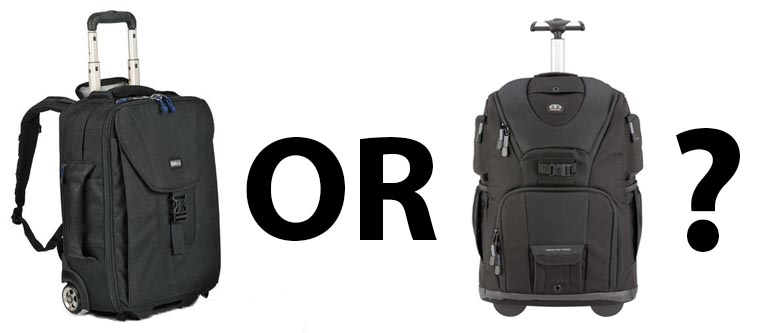 I want to give a special shout out and thanks to Emm from CheesyCam for recommending the bag that I eventually purchased to carry my gear to NAB. I was going back and forth between the Tamrac 5797 roller backpack and the Think Tank Airport Takeoff. Both can be used as a roller and as a backpack. I ended up purchasing both of them to test them out with different setups. Each of these are excellent bags. In the end, I returned the Think Tank.
I want to give a special shout out and thanks to Emm from CheesyCam for recommending the bag that I eventually purchased to carry my gear to NAB. I was going back and forth between the Tamrac 5797 roller backpack and the Think Tank Airport Takeoff. Both can be used as a roller and as a backpack. I ended up purchasing both of them to test them out with different setups. Each of these are excellent bags. In the end, I returned the Think Tank.